Petrochemical Products in Iran
Historically speaking, Iran has always been active in the production of chemical and petrochemical products due to its huge oil and gas resources in its geographical area. Currently, petrochemical products in Iran are known as one of the main sources of income in the country. Chemical fertilizers, plastics, cleaners, bactericides, and acids are among the products produced in this industry. Although a lot of time has passed since the establishment of the petrochemical industry in Iran, this newly emerging industry quickly opened its place among the active industries of Iran.
Today, with 51 active complexes, Iran Petrochemical has the capacity to produce 56 million tons of products annually.
Numerous petrochemical companies were established throughout Iran ascribed to the extensive investments made in the past years in the petrochemical sector and related industries. In this article, we will discuss petrochemical products made in Iran and their different types.
Types of petrochemical products in general
Generally, we can divide Petrochemical products into 3 categories based on their use:
Basic products: include ethylene, propylene, sulfur, gasoline, ammonia, etc., which form the basis of petrochemical production.
Intermediate products: This category transforms basic products into feed needed to produce final products, such as PVC, ethylene glycol, melamine, etc.
Final products: they are used to make equipment and tools used by industries and the general public service; Such as synthetic fibers, rubber, plastic items, chemical fertilizers, medical devices, etc.
Classification of petrochemical products produced in Iran
As you probably are aware, the petrochemical industry is completely dependent on petroleum raw materials as well as natural gas. Crude oil and natural gas are used as raw materials for the production of various fuels, including gasoline and diesel, polymer materials, chemical fertilizers, detergents, paints, and even pharmaceuticals. Hence it is impossible to imagine the world without oil products!
Various and most complex processes are used in the production and manufacture of petrochemical products. According to the report of Iran’s petrochemical industry yearbook, Petrochemical products in Iran can be divided into five main groups:
- Polymer materials (13%)
- Aromatics (7%)
- Chemicals (45%)
- Hydrocarbon materials (24%)
- Chemical fertilizers (11%)
In the following, we will introduce these five groups and explain the subgroups and characteristics of each.
Polymer Materials
They have the highest added value compared to other groups, because of the constant changes in market needs, their production technologies transform rapidly. Polymeric products are materials made of long and repeating chains of molecules. Polymer products have unique properties depending on the type of linked molecules and how they are connected.
Polymer material plays a role in almost all aspects of modern life. Most people have probably come into contact with at least one polymer material in the last five minutes – from water bottles to gadgets to tires. Polymers have interesting and attractive physical and mechanical properties, and this has caused the increasing development of the use of these materials in various industries as well as in daily life.
Polymers are used in various industries such as the automobile industry, construction industry, packaging industry, textile industry, household appliance industry, health and pharmaceutical industry, electrical and electronic industry, agricultural industry, military industry, sports equipment industry, composite sheet, transportation industry, etc. They are widely used.
Polystyrene, polypropylene, polycarbonate, synthetic rubber, liquid, and solid epoxy resin, synthetic rubber, Propylene (chemical grade), Propylene (polymeric grade), polyethylene terephthalate, polyvinyl chloride, acrylonitrile, and butadiene styrene are main polymer products in Iran.
Polymers are divided into four categories:
- Base polymers such as polyolefin, PVC, polystyrene, ethylene, and propylene are the most important base olefins, which have occupied large markets for the production of various polymers.
- Special polymers such as Teflon
- Engineering polymers such as polycarbonate and nylon
- Semi-engineered polymers that have properties between engineering and basic polymers are ABS
Aromatics
Aromatic compounds are called cyclic hydrocarbon chemical compounds that They have 6-atom rings in their composition. Aromatic compounds, especially toluene, xylene, and benzene, are originally used as the main feedstock to produce a large number of petrochemical intermediates. Toluene, xylene, and benzene play a major role in the production process of resin, synthetic fibers, explosives, detergents, pesticides, and other such cases.
Aromatic substances are the primary need and basis for the production of a wide range of products. In general, chemical and aromatic products are necessary for the industrial progress of every country, but despite their importance, they do not create much-added value. for this reason, in most countries, the production of these substances is only economically justified on a very large production scale.
Among the uses of these compounds, the following can be mentioned:
- Production of aircraft parts
- Different and widely used medicinal substances such as acetaminophen and aspirin
- Food packaging industry
- Electronic systems such as mobile phones, computer equipment, etc.
- Synthetic fibers of fabrics
- Sports equipment with quality raw materials and very light
Benzene, Toluene, Mixed Xylene, p-Xylene, C9 Ar, Ethylbenzene, Orthozaline, ethylene, Solvent A92, Paraxyline, and Styrene are the main aromatic product which produces in Iran.
Aromatic components are divided into 6 groups:
- Aromatic menu
- Aromatic CD
- Triaromatics
- Penta aromatic
- Unknown aromatics
- Single and polycyclic aromatics are carcinogenic and environmentally dangerous
Chemicals
Basic chemicals are materials that are used to produce final products. These materials include a wide range of products that are consumed by downstream units or sold directly to other manufacturers to produce final products. All kinds of acids, bases, and related salts, all kinds of gases, and other chemicals are in this group.
Several chemicals such as sulfur, citric acid, caustic soda, hydrogen, argon, etc. are also produced as the main products of petrochemical industries. For example, caustic soda is used in many industries, including the production of paints, paper, and cardboard, leather and textiles, batteries, detergents, etc.
Bleach, Ammonia, Aniline, ethylene, ortho toluene diamine (OTD), Pure terephthalic acid (PTA), Sulfuric acid (H2SO4), Hydrochloric acid (HCL), Nitric acid (HNO3), Four-carbon cut, Pyrolysis gasoline, butadiene, propylene, Toluene diisocyanate (TDI), Caustic soda (NAOH), Potassium sulfate, Melamine crystal, Chlorine, Meta toluene diamine (MTD), Methyl Tertiary Butyl Ether (MTBE), Methyl diphenyl diisocyanate, polymer and pure (MDI), Nitrobenzene (NB), Vinyl Chloride Monomer (VCM), heptane and Hexane are the most important chemical products that have been produced in Iran.
Chemical Fertilizer
One of the main petrochemical products is urea and ammonia, which plays an important role in the production of chemical fertilizers. Chemical fertilizers, which are produced in Iran about 8.6 million tons, accounting for 11% of Iran’s petrochemical production. Chemical fertilizer and its types are produced industrially to provide the most basic useful and nutritious substances that are necessary for the growth of plants. Chemical or mineral fertilizers are agricultural supplements that provide 13 nutrients needed for the growth of healthy plants in the garden soil.
Relatively cheap chemical fertilizers, which have a quick and favorable effect, are available in different formulas and the form of solid granules liquid and water-soluble powders. The exact composition and ratio of each of the ingredients of fertilizers are different between different types of chemical fertilizers, Nitrogen, phosphorus, and potassium are the three main factors that all fertilizers have.
The different types of chemical fertilizers can be divided into 5 main groups:
- Nitrogen fertilizers
- Phosphorous chemical fertilizers
- Complete or composite fertilizers
- Sulfated chemical fertilizers
- Potassium chemical fertilizers
Urea, Ammonium sulfate, and Potassium sulfate are the main fertilizer produced in Iran.
Hydrocarbon Materials
In addition to oil and gas refineries, chemical fuels such as liquefied gas, raffinate, reformate, pentane, light cut, heavy cut, fuel oil, etc. are produced in upstream petrochemical industries. The main components of fuels are carbon and hydrogen, which are substances that release energy through the reaction with the substances around them, the most important of which is through the oxidation process.
Among the uses of produced fuels in petrochemicals, we can mention heat production, electricity production, steam production for use in steam turbines, and endothermic reactions.
It includes types of fuels used in industries such as gasoline and diesel oil, furnace oil, bitumen, organic solvents, and other hydrocarbon materials (types of oils). Hydrocarbons are organic compounds that are composed exclusively of carbon and hydrogen and make up the majority of crude oil including the following categories:
- alkanes (kinds of paraffin)
- alkenes (olefins)
- alicyclic (naphthenic)
- aromatics
Bhutan, pentane, C4 raffinate, C6 raffinate, LPG, and Fuel oil are the main Hydrocarbon materials produced in Iran.
Today, Iran’s petrochemical industry comprehensively produces and exports petrochemical products in five main categories. The various types of petrochemical products produced in Iran have brought deep economic prosperity. In the contemporary world, the progress and development of every country and industry depend on petrochemical products. As one of the most important producers of petrochemical products, Iran has provided many opportunities for progress in this field.
We at Iran Petroleum are by your side to supply the highest quality and rarest Iranian petrochemical products. Our professional consultants will accompany you in this way.

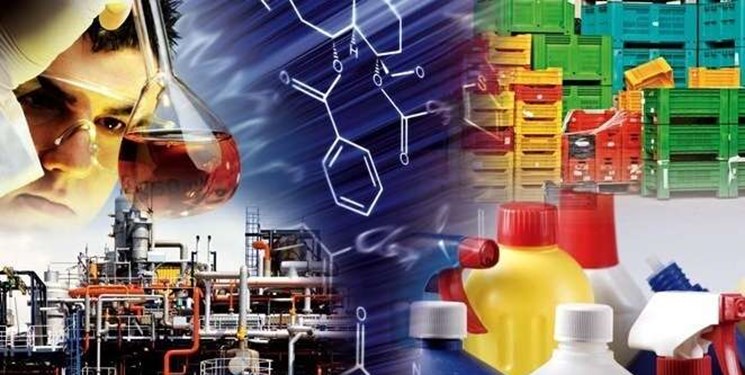
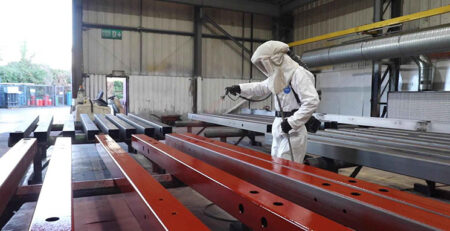
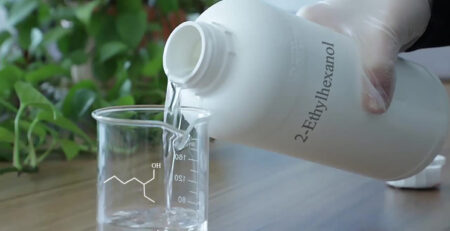
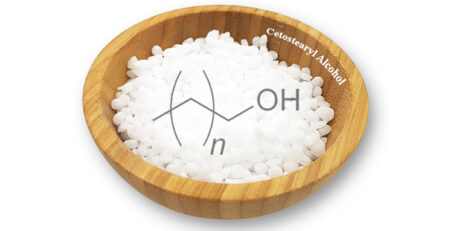
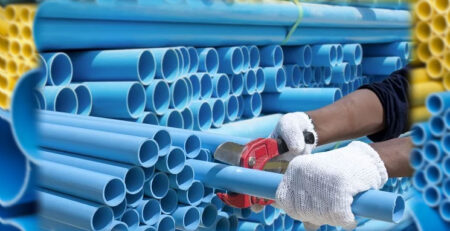
Comment (1)
perfect